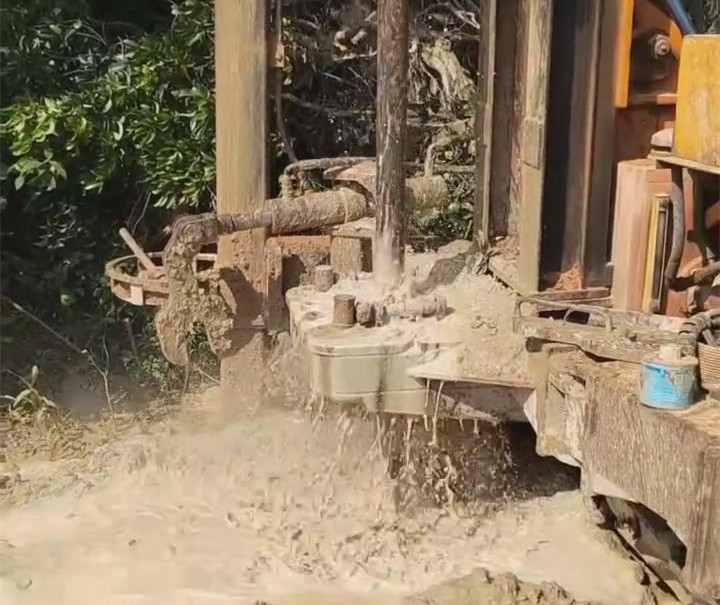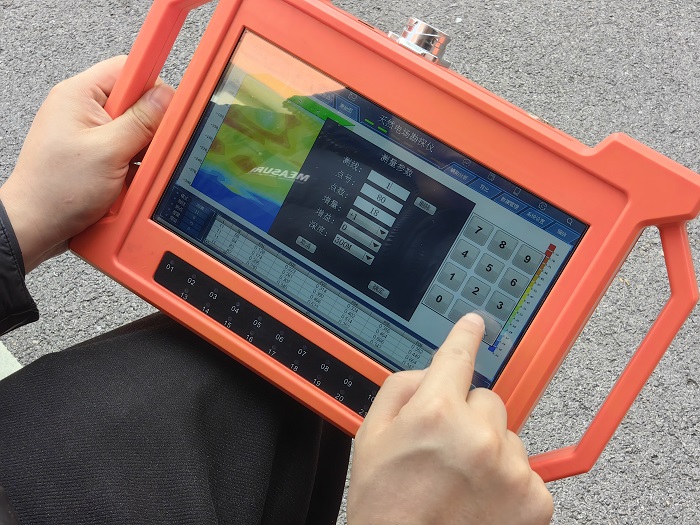The seemingly simple task of drilling a well to find water actually involves a number of complex scientific knowledge and technical practices. In order to ensure the quantity, quality and longevity of the well, we must follow a series of scientific strategies and practices.

I. Understanding the Geologic Context
Before drilling a well, it is critical to have an in-depth understanding of the geologic background of the target area. This includes studying the topography, stratigraphic structure, rock types and hydrogeological conditions. By collecting and analyzing these basic data, we can initially judge which areas are more likely to become water-rich zones, thus providing a strong basis for the subsequent well drilling work.
Second, reasonable selection of physical exploration methods

At present, the main method of physical prospecting for water is ground water detector electric exploration. Electric exploration method is divided into artificial electric field method and self (natural) natural electric field method. Specific methods are many, commonly used duplex electric survey method, high-density electric survey method, vertical electric bathymetry, quadrupole symmetric profile method, joint profile method, excitation polarization method, etc., each kind of ground water detector has its own applicable conditions and disturbing factors, and it must be selected according to the local conditions. After many years of water searching research in our institute, the more the interference factors are in the poor water areas, the more the resources can be greatly saved by using our independently invented ground water detector to explore the water resources first and then search for water. Especially the professional well drilling team can be equipped with this instrument.
C. Careful design of well structure
The design of well structure has a direct impact on the water output and water quality of the well. According to the thickness of the aquifer, lithology and groundwater storage state and other factors, we need to reasonably design the well diameter, well depth and the location of the filter pipe and other parameters. At the same time, we also need to consider the sealing and durability of the well to ensure that the well can operate stably for a long time.
Fourth, scientific construction and maintenance
In the construction process, we need to follow the scientific operation process and specifications to ensure the quality and stability of the well body. At the same time, we also need to carry out regular monitoring and maintenance of the well, timely detection and resolution of possible problems. For example, the well should be cleaned and sterilized regularly to ensure the hygiene and safety of the well water; and the structure of the well body should be checked regularly to see if it is intact, so as to prevent problems such as the collapse of the well wall or the leakage of water.
V. Pay attention to environmental protection and sustainable development
In the process of drilling wells to find water, we also need to pay attention to environmental protection and sustainable development. For example, try to avoid damage to the ecological environment when selecting the site; use environmentally friendly materials and processes in the construction process; and reasonably utilize and protect water resources in the later use. Through these measures, we can realize the win-win situation between drilling wells to find water and environmental protection.
In conclusion, drilling wells to find water is a complex task that requires comprehensive consideration of many aspects such as geology, physical exploration, engineering and environment. Only by following scientific strategies and practical methods can we ensure the quality and effectiveness of wells and meet people's demand for water, while realizing the sustainable use of resources and environmental protection.








